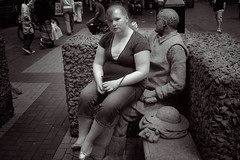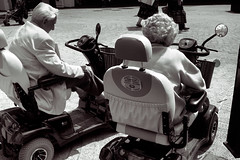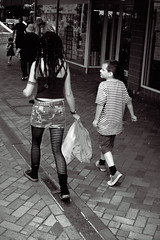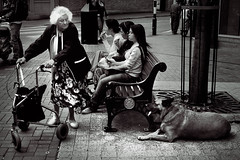Procession passing St.Giles Cathedral - Sigma 18-50 f2.8 zoom @ 18mm or so.
The Sigma zoom is a bit soft at the corners wide open, but it's so lightweight and
compact that I will actually carry it all the time.


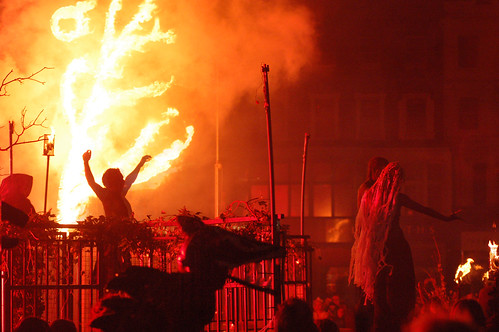
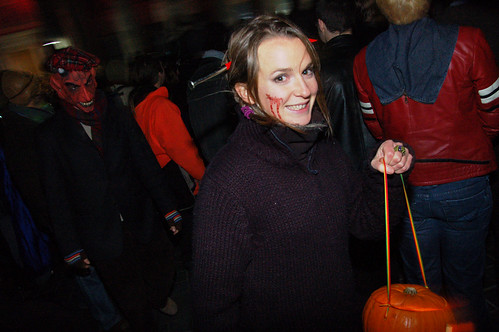
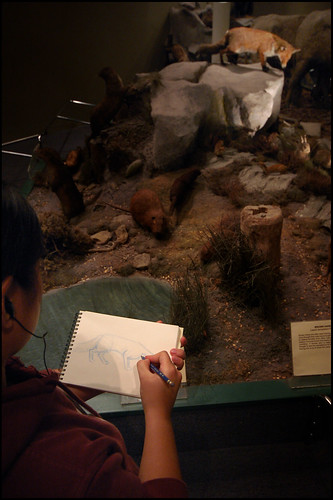
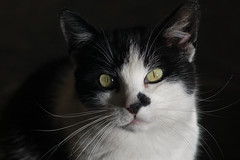
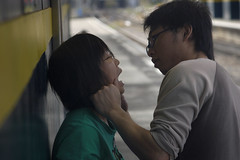
 I won't bother with a detailed description of the E550 as those nice people at DPReview have done a much better job of it than I ever could; the short version is the E550 is a just-about-pocket-sized, rather boxy and unlovely-looking camera with full manual control, a 32.5-130mm (35mm FoV) f2.8-5.6 zoom and 6.3 megapixels that can be interpolated in-camera up to 12.3 megapixels using Fuji's "Super CCD" system.
I won't bother with a detailed description of the E550 as those nice people at DPReview have done a much better job of it than I ever could; the short version is the E550 is a just-about-pocket-sized, rather boxy and unlovely-looking camera with full manual control, a 32.5-130mm (35mm FoV) f2.8-5.6 zoom and 6.3 megapixels that can be interpolated in-camera up to 12.3 megapixels using Fuji's "Super CCD" system.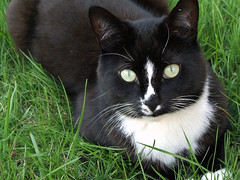
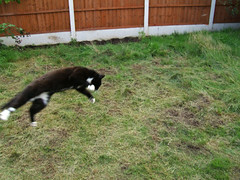
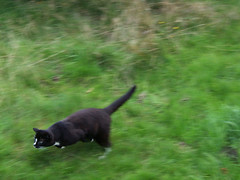
28-85mm @85mm
85mm prime lens
80-200mm @ 80mm
80-200mm @ 200mm (3 sequences)
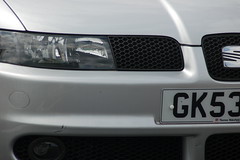
The thing about the really good shots is, they never happen when you go out to take photos. The number of times I've set a day aside to go "trawling" and come back with next to nothing... even in promising locations like the V&A or the British Museum.
But here I was last night, rushing with my girlfriend for a dance class we're already late for, and as we cross the centre of Nottingham we hear the sound of blues guitar from one of the city centre regulars, but there's also this middle-aged guy in big heavy boots dancing his soul out on the zig-zag brick paving.
I often wonder why I persist with candid photography when most of it is fruitless waiting and the remainder is usually frustration at missing the shot - that and the embarassment of confronting people, risking upsetting them for nothing more than a passing whim.
I suppose I should blame a book called Shots From The Hip by "Alias Johhny Stiletto," an advertising copywriter who claimed to shoot three rolls of film a day, mostly not looking through the camera. Shots From The Hip contains more good anecdotes than photographs, but there's one paragraph which is still my photographic mantra today:
"Photography isn't two weeks' holiday in Spain. It's carrying a camera with you when it would be easier not to, a pocket that's always out of shape and a pair of eyes than never stop looking. Unusual things happen when you don't expect them; that's what makes them unusual. If you use your camera when everybody else uses theirs, you'll end up with shots that look just like everybody else's."
Call me a slow learner, but it never ceases to amaze me what great results you can get with some of these tiny compact digital cameras; this was taken with my old Canon S50, which isn't as tiny and compact as some, but does have all the manual and auto options you'd expect from a decent SLR. I used it for this shot so that I could use my feet to fill the shoes out while holding the camera at arm's length to get the right framing and angle in the rear LCD.
Taken using daylight coming through French windows, f5.6 @ 1/160th, ISO 100/21º*, 27.3mm (FoV 105mm) Aperture Priority & AF. The rather dull oatmeal carpet was selectively darkened in Photoshop to push the shoes forward.
*several reviews put the measured sensitivity of the Canon S50 ISO 100/21º setting at 160/23º
